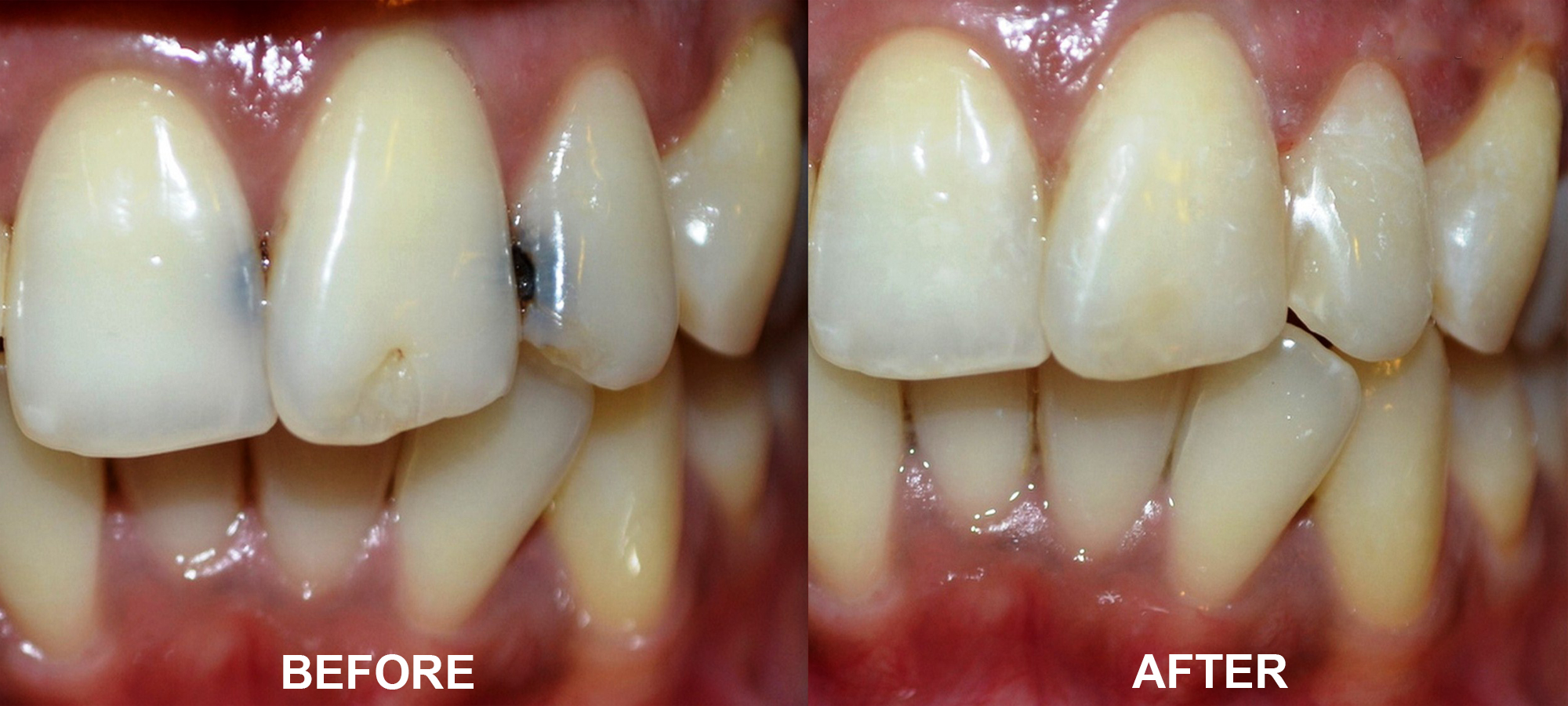Root canal treatment (RCT)
Root canal procedure involves removal of infected pulp tissue from the tooth and filling it with an inert material in order to help the tooth heal.
Steps involve removal of the infected pulp tissue, cleaning and irrigating the canal with medications followed with shaping the canal to facilitate the final filling material.
FAQ’s:
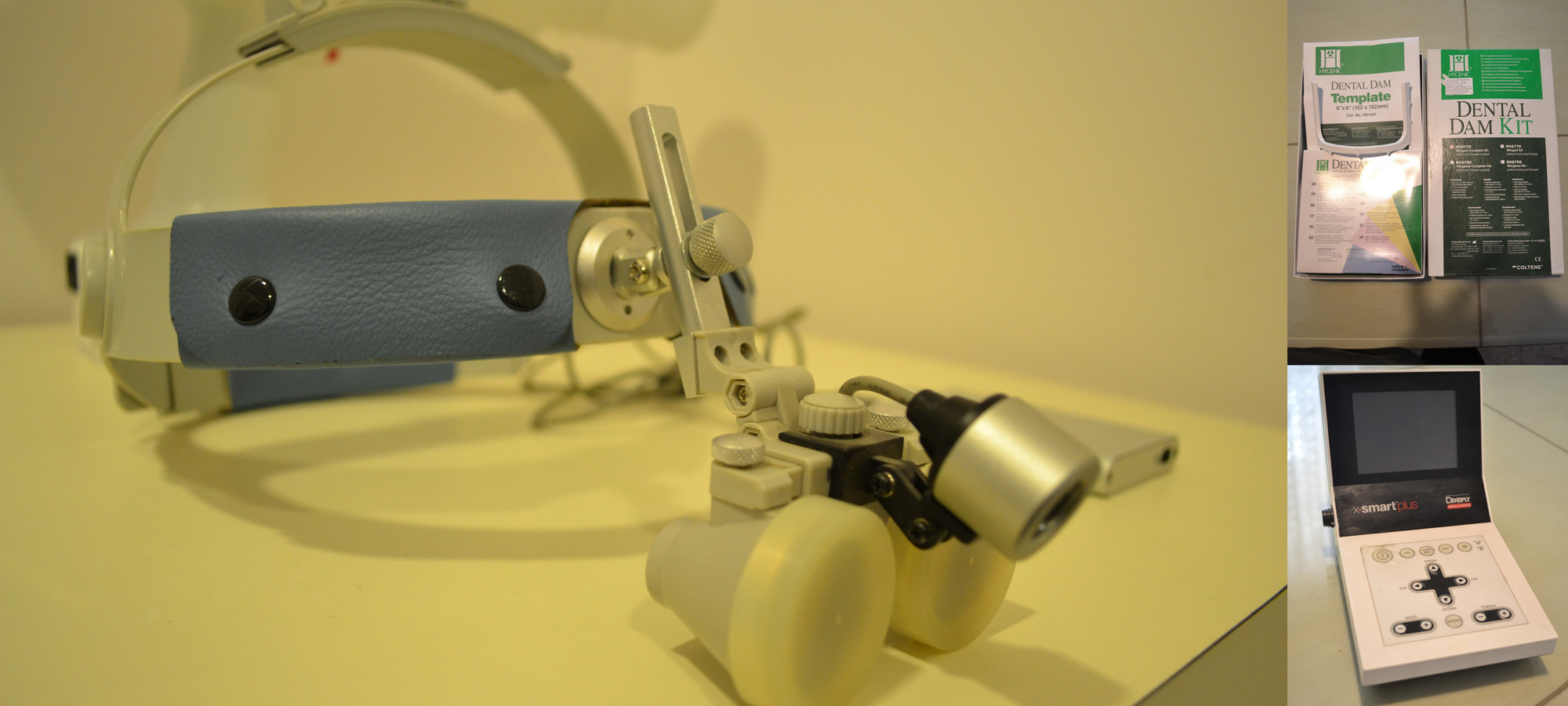
Periodontal therapy
Periodontal therapy involves the treatment of gums and bone i.e., gingiva, alveolar bone. Deposition of plaque and calculus which contains bacteria leads to deterioration of gums and bone. Too much of bone destruction leads to loosening of teeth and loss of teeth due to periodontitis.
Treatment includes:
FAQ’s:
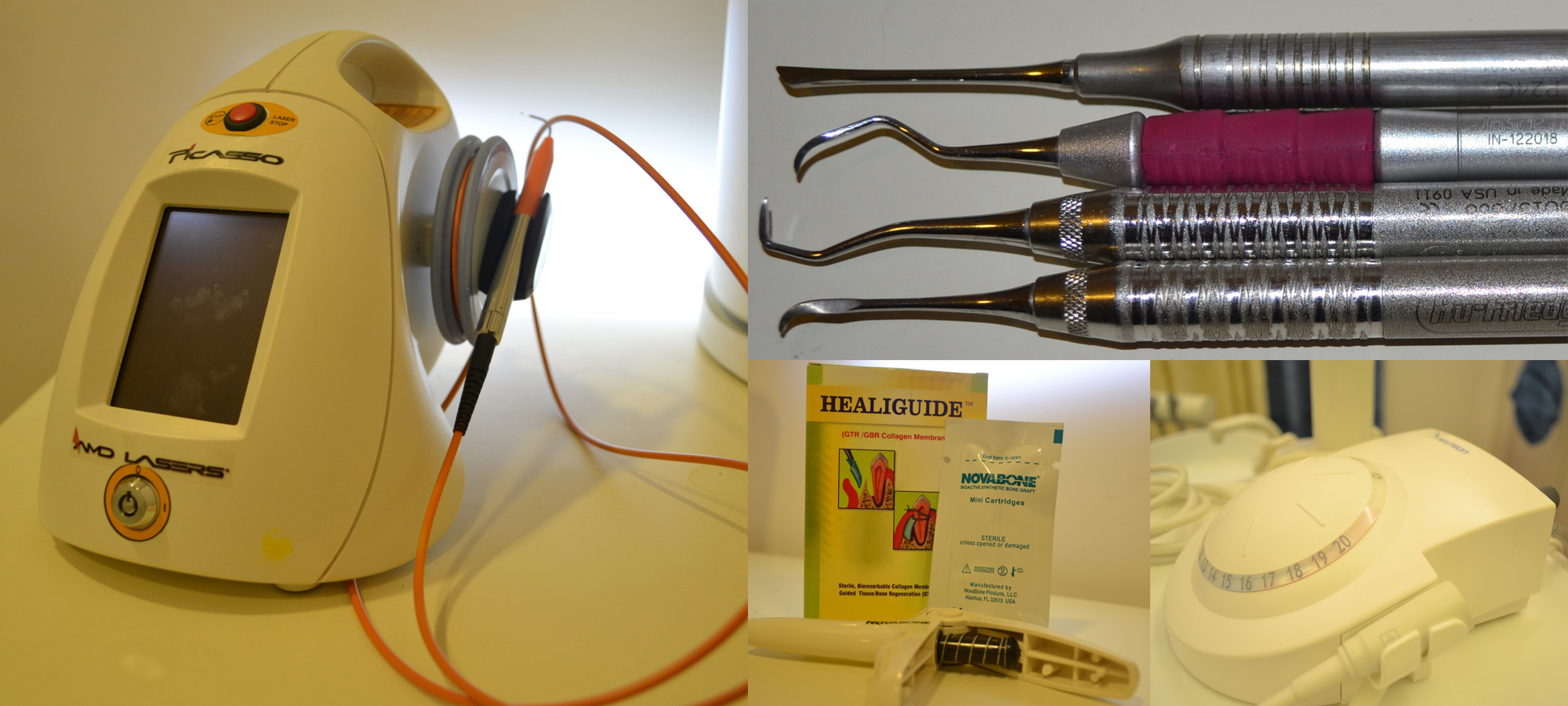
This branch of dentistry deals with diagnosis, prevention and correction of malposed tooth.
Different types of treatment includes:
FAQ’s:
Clear aligners
It is a form of orthodontic tooth movement using sets of transparent aligners for upper and lower arch.
Advantages include:
FAQ’s:
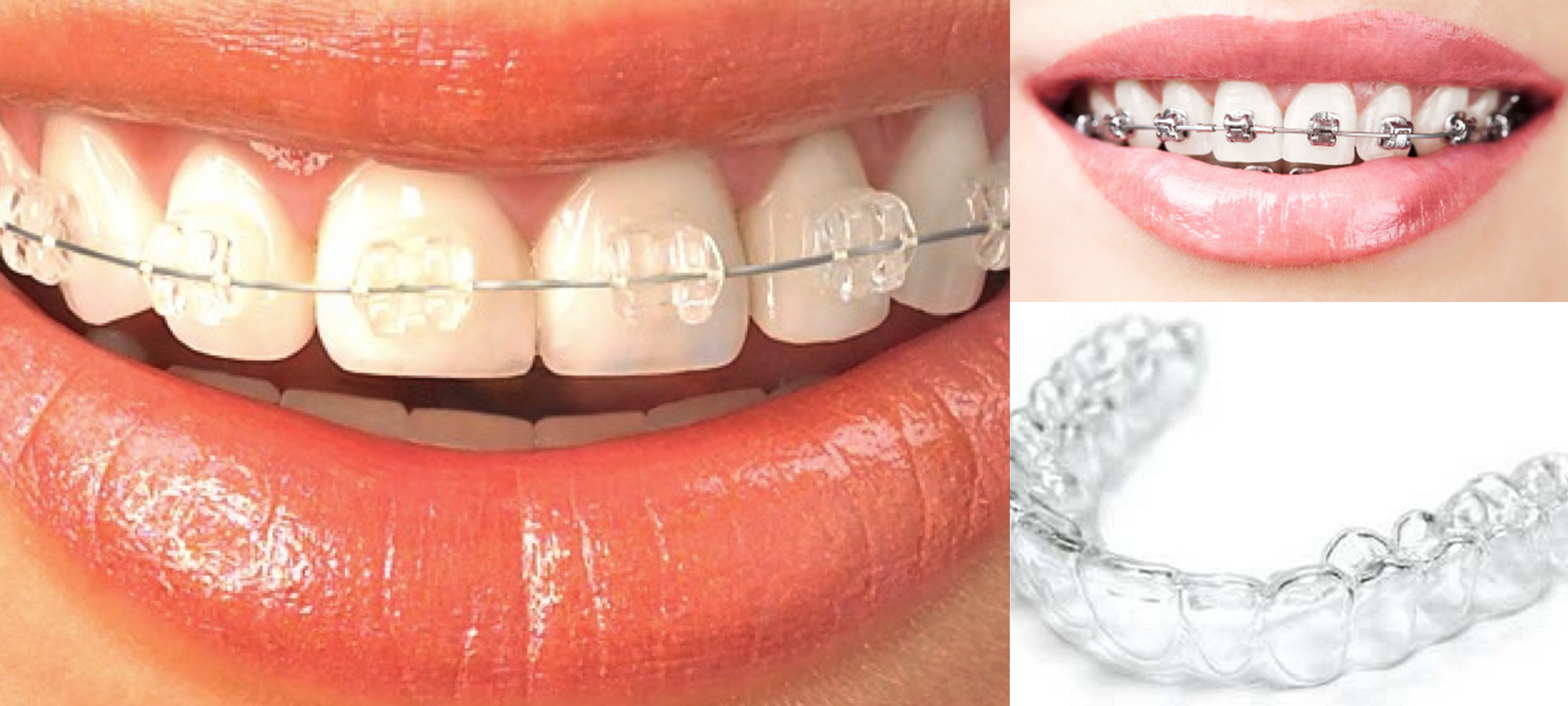
Wisdom tooth removal
The third molar removal usually referred to as wisdom tooth removal involves removing impacted third molar by an oral and maxillofacial surgeon. Procedure differs from regular extraction as it may involve removal of bone and also the position of tooth.
FAQ’s:
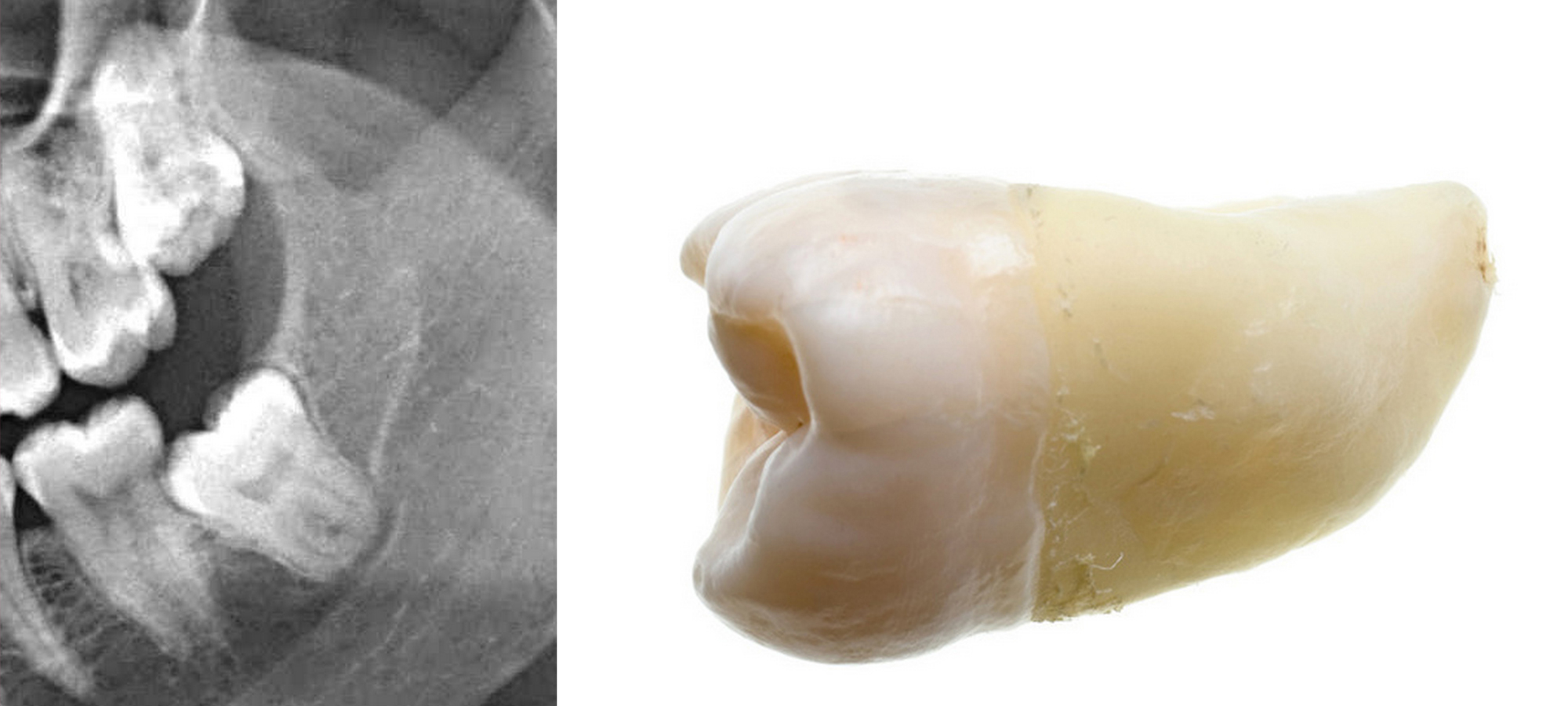
Geriatric dentistry or gerodontics may refer to attending to dental care of older individuals involving diagnosis and management of age related changes with an interdisciplinary approach.
Treatment includes:
Prosthodontics:
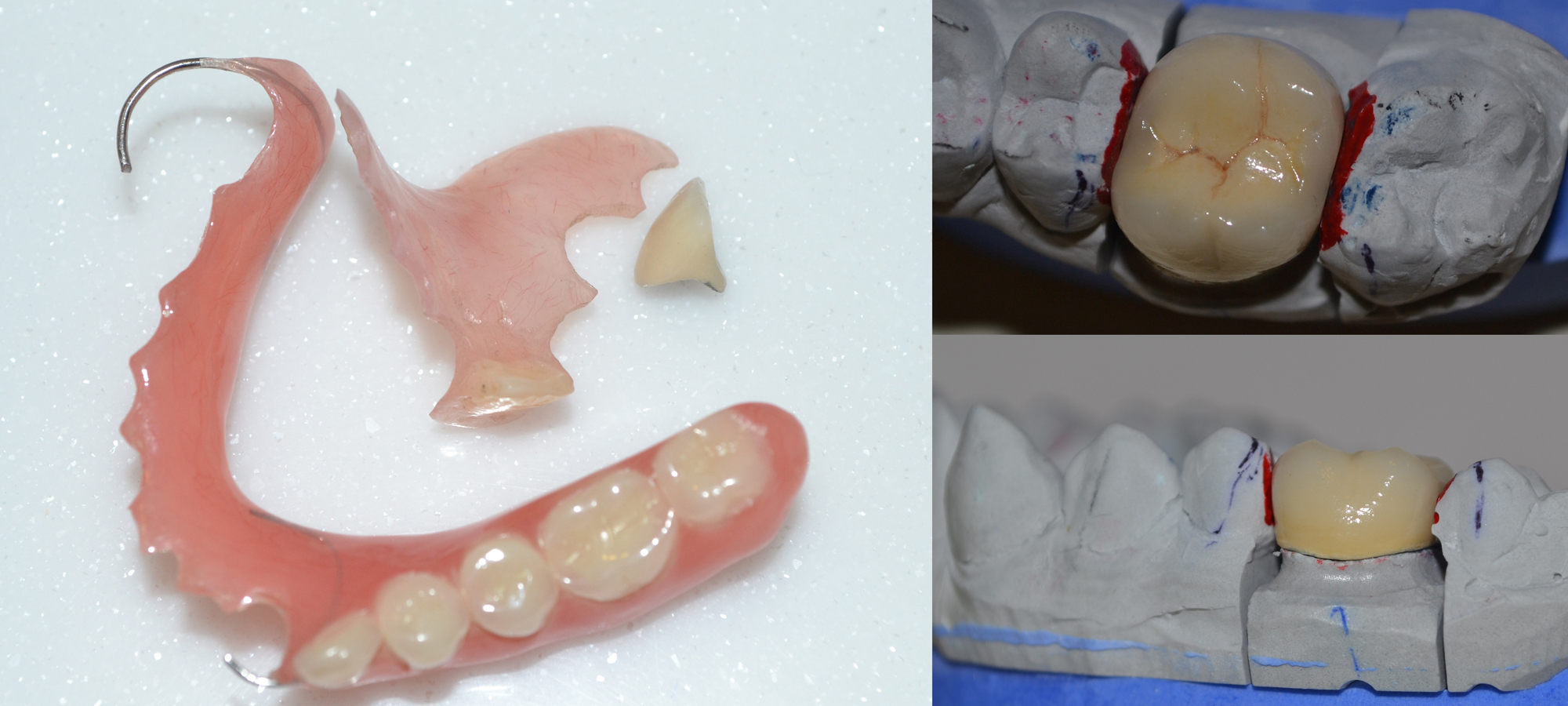
Aesthetic dentistry
Aesthetic dentistry or cosmetic dentistry refers to any dental treatment that enhances the appearance of a person. It is the combination of various dental specialities leading to a final result.
Treatment modalities include :
FAQ’s:
Digital Smile Designing (DSD):
DSD is a new technological advancement in dentistry that helps doctors and their clients to design, adjust and visualize the treatment digitally before the treatment.
It involves recording the client's smile pattern using photographs and models altering it using digital software to modify and design the perfect smile which is then transferred to a cast to get the final design. By this the clients will get an idea of the final outcome.
The whole concept is based on the analysis of the patient’s facial and dental proportions, utilising a predetermined series of high quality digital photographs and videos, understanding the relationship between teeth, gums, lips, smile with the facial features in motion and with emotion.
FAQ’s:
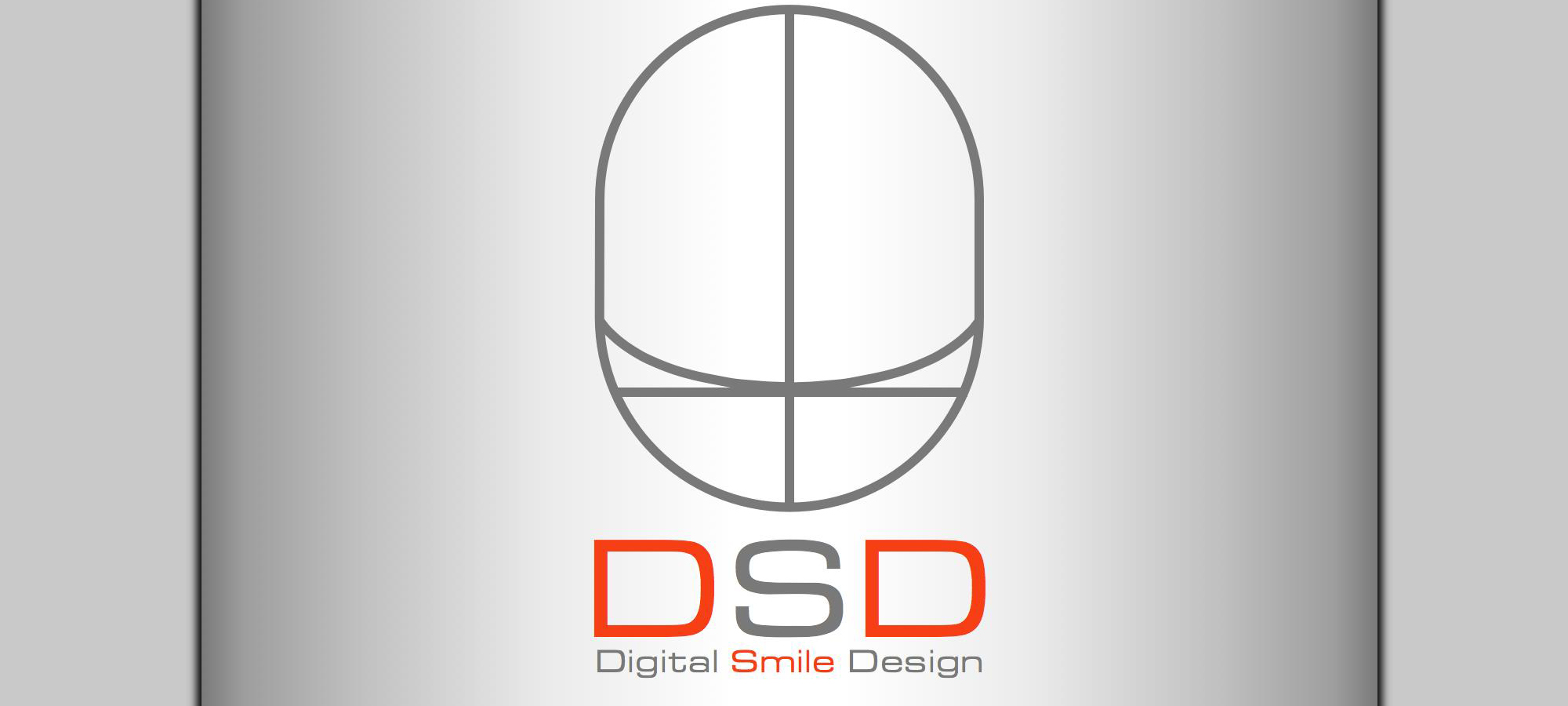
Dental implants
Dental implants are the most popular form of tooth replacement option due to:
What are dental implants?
Dental implants are a tooth replacement therapy where a titanium screw-like material is placed into the bone which on healing helps in replacement of tooth.
It can be used for replacement of
FAQ’s:
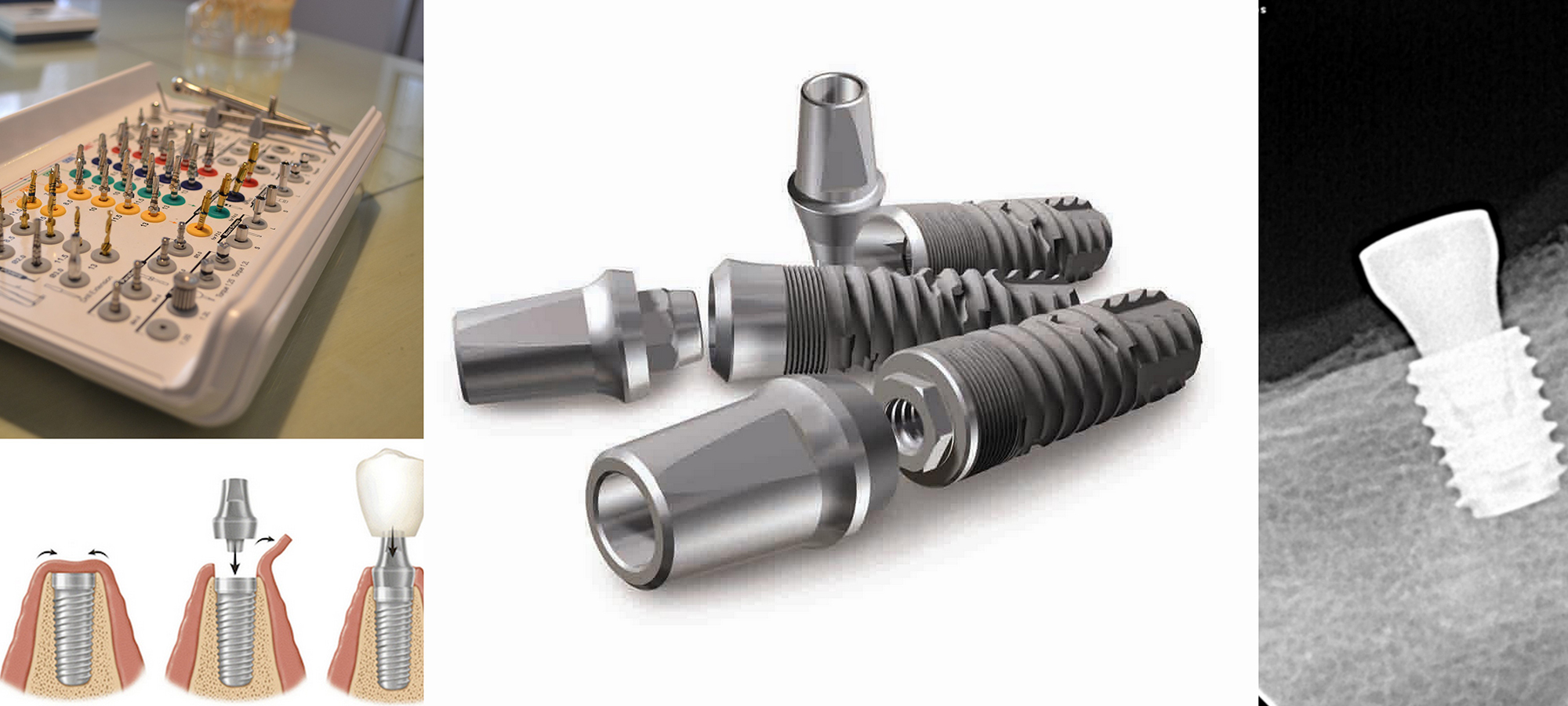
Paediatric dentistry deals with the dentition of child from birth to adolescence. It is recommended that a dental visit should occur within six months after the presence of the first tooth or by a child's first birthday. This is to aid in detection of early tooth decays and pattern of tooth eruption.
Treatment includes:
FAQ’s:
Dental cavities are not a new problem. These blackish brown cavities (caries) cause sensitivity, pain and discomfort affecting the quality of life. It is important to get cavities filled in its initial stage before they cost you your good night sleep or your best friend’s wedding! However, in the modern world of aesthetics and look good factor, dental technology has bought tooth colored materials to restore dental cavities. This will give you total confidence due to the aesthetic streak that will make your fillings look like your natural teeth. But, if you feel that it is okay for your friends and colleagues to see your shimmering silver fillings while you yawn or talk, then silver is another option. At Toothpix Dental Healthcare, we offer a range of filling materials which would suffice the dental needs, and of course, your confident smile.
FAQ’s:
